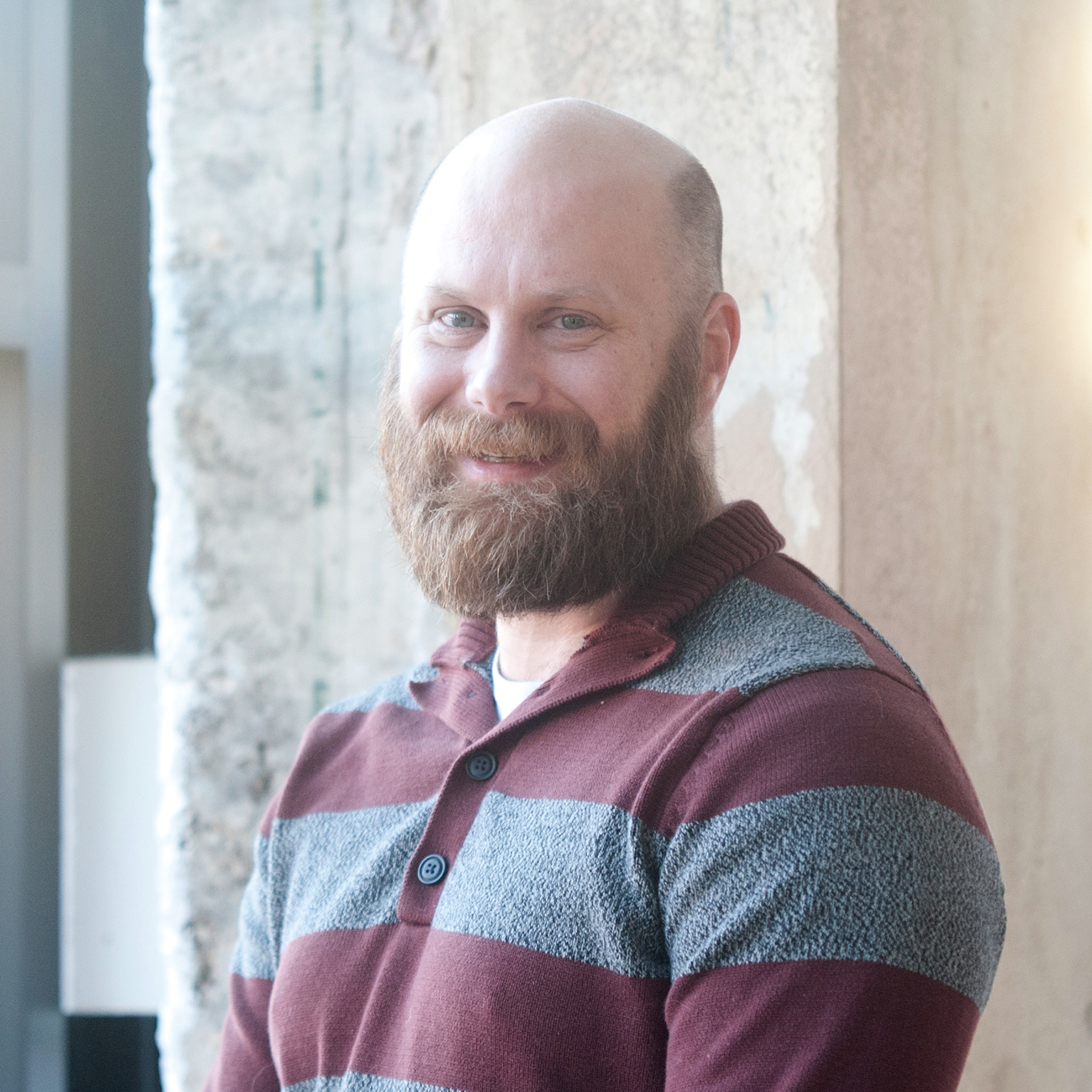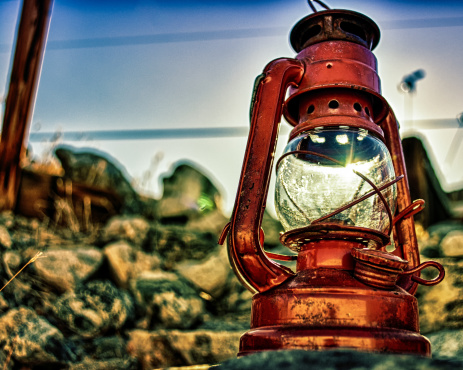
Adrian Martin, PE
Associate
Adrian received his Bachelor of Architectural Engineering degree from Oklahoma State University and is a licensed Professional Engineer in Oklahoma and Texas. Adrian’s design experience…
View Profile
art·i·san (ärt’ə zən, -san) noun one that produces something in limited quantities often using traditional methods
We’ve all grown up in an industrialized world. Literally everything we touch has been mass-produced, and usually by machines: our cars, our plates and forks, our carpets, our computers, our books, our clothes and even for the most part, our food. We take for granted that everything in our lives can be made available in as large a quantity as we can afford. But something funny has happened in my lifetime; while we don’t necessarily reject the impersonal nature of many of the things that we use and/or consume, a deep desire has been kindled to seek out, to cherish and to appreciate those things that we can have which an actual living, breathing person has invested of themselves to produce. We have found a yearning to connect with other people through the triumphs of their labor; an idea that once was taken as “the way things were”, lost, and now through its absence, pined for in a way that mankind has never really considered. We want to connect to people through the things that they do. In turn, we want to be wanted for the things that we do.
The great part about being a fifth and sixth generation Oklahoman is that through the memories of my great-grandparents, who’ve only passed on in my adult lifetime; and my grandparents, I have been privy to living memories of a time most of us have only ever seen on television or in the movies. Memories of a time when Mee-Maw Moore meticulously swept the dirt floor of their farmhouse in Stuart, because they were “dirt poor”; when the mineshafts of the Krebs coal mines where Grandpa Martin worked were named after the mules that pulled the rigging that brought forth the day’s lode, when Granny rode to church on Sunday as a young girl in the flatbed of Grandpa Kelley’s horse-drawn wagon, and everything; literally everything, was made by hand. I still put my Nanny’s 80-year-old rolling pin that Grandpa Kelley turned on his lathe through its paces every fall when I make pies! Granny still makes clothes by hand for my children, and they wear them!
So what does this all have to do with engineering building structures in the 21st century? Everything! How many of you engineers, if all the electricity were to go out tomorrow, could still engineer a building structure? Oh, we’d be slower at it, and some of us are a little rusty at our portal and cantilever methods, but we could do it. Some of us young’uns would need a slide rule seminar, but we could do it. How many of you production designers could still pick up a 2H lead and a Koh-I-Noor pen set and produce a set of drawings? Our deliverable documents haven’t essentially changed since we ditched the trestle boards in the 18th century!
The only thing that has changed in the last century and a half about what we do is that our tools allow us to do what we’ve always done in the same way we’ve always done it; only faster!
In that regard, the definition above fits us to a tee. But there’s something more that is implied in the definition that I was alluding to earlier. An artisan imparts a part of himself into the fruits of his craft. But do we impart a piece of ourselves into our work? Ask yourself that question the next time the forces of the macro universe, like gravity and mass, are passing through a frame that exists only in your mind and are resolved through the leverage of mechanical devices contrived by your intellect into the material properties of the micro universe of parts and pieces that don’t yet exist. Ask yourself that question the next time you’re at your desk at one o-clock in the morning pouring your energy into this thing. Ask yourself that question the next time an architect looks you in the eye, and without the aid of any design tools, earnestly expects you to answer his question, ”Can it be done?”
Read “The Art of Engineering” on our website. In some ways, to the 21st Century eye, we are artists. But in every way that I can figure, we are artisans!
Indeed, the next of a thriving breed!

Are you passionate about the AEC industry? Do you want to use your talents with a group of the greatest engineers, landscape architects, technicians and support personnel in the industry? You've found the right place. Wallace is unique in the way we strive to make lives better for our clients, communities and employees. And we believe we have more fun doing our job than just about anyone else! The art of possibility. Discover it at Wallace.
Learn More
There are no comments.